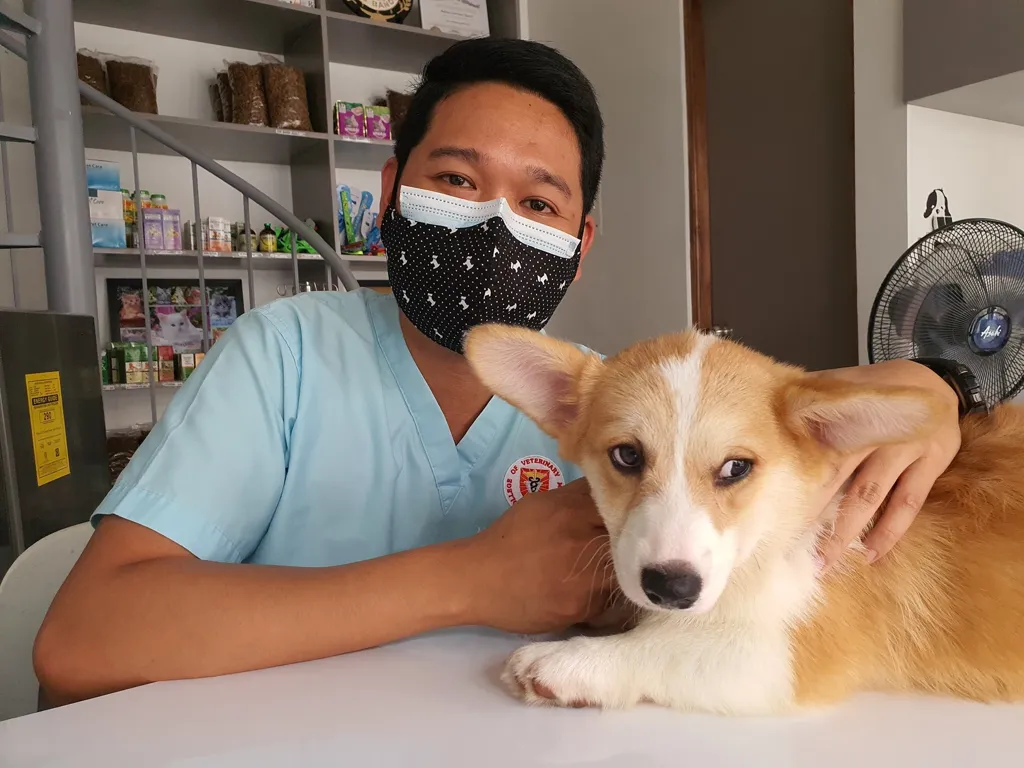Veterinarians: Promoting Animal Health and Welfare
Veterinarians are trained professionals in animal health and care. They are responsible for the diagnosis, treatment, and prevention of diseases, injuries, and illnesses in animals of all kinds. They work in various settings such as private clinics, research facilities, zoos, livestock farms, and government agencies. Veterinarians play a crucial role in not only ensuring the health and welfare of animals but also in protecting public health.
Examples of the Job
Veterinarians perform a wide range of tasks, including:
- Examine animals to determine their health status and diagnose health issues.
- Prescribe medications or treatments to treat illnesses or injuries.
- Perform surgeries, including spaying and neutering, to treat injuries or prevent diseases.
- Provide preventive care such as vaccinations.
- Advise animal owners on proper care and nutrition for their pets and livestock.
- Conduct research on animal diseases and develop new treatments and vaccines.
- Inspect and regulate food products to ensure their safety for consumption by humans and animals.
Education and Training
Aspiring veterinarians need to complete a Doctor of Veterinary Medicine (DVM) degree from an accredited veterinary college. To be eligible for admission, candidates typically need to have a bachelor’s degree in a related field, such as animal science or biology.
The DVM program usually takes four years to complete and covers topics such as animal anatomy and physiology, pharmacology, surgery, and public health. Graduates must then pass a licensing exam to practice veterinary medicine in their state.
Career Progression and Getting into the Field
Upon graduation and licensure, newly minted veterinarians usually start as associate veterinarians in private clinics or group practices. As they gain experience, they can move on to positions such as lead veterinarian, practice owner, or specialist in areas such as surgery, dentistry, or emergency medicine.
To get into the field, aspiring veterinarians can seek out entry-level positions in veterinary clinics or animal shelters to gain hands-on experience with animals and learn basic medical procedures. They can also volunteer at local animal shelters or wildlife rehabilitation centers to gain experience and network with professionals in the field.
Overall, the field of veterinary medicine requires extensive education and training, as well as a genuine love for animals and a passion for promoting their health and welfare.
Occupation: Veterinarians
Veterinarians are professionals who diagnose and treat medical conditions, diseases, and injuries in animals. They also provide preventive care and advice to pet owners and farmers. This occupation requires a Doctor of Veterinary Medicine degree and licensure in the state where the veterinarian practices.
The job level for veterinarians is Level 11, which indicates a highly skilled position that requires extensive education and experience.
Salary Data
According to the US Bureau of Labor Statistics, the national average salary for veterinarians is $127,150.40 per year. However, this varies depending on various factors, such as union status, full-time or part-time employment, and pay structure.
The following table shows the average salary range for veterinarians based on different variables:
|———————–|————–|—————|
|Variable | National Average| Range |
|———————–|————–|—————|
|All workers |$127,150.40 |$104,998.40-$130,062.40|
|Nonunion, all levels |$130,062.40 |$107,785.60-$132,528.00|
|Full-time, all levels |$127,046.40 |$105,996.80-$130,377.60|
|Full-time, Level 11 |$121,638.40 |$103,750.40-$125,305.60|
|Time-based pay, all levels|$127,816.00 |$106,329.60-$130,969.60|
|———————–|————–|—————|
Unionization in the veterinarian occupation is not common. However, unionization can lead to better pay, job security, and benefits for veterinarians. Unions can negotiate with employers to secure higher salaries, better working conditions, and more comprehensive healthcare and retirement benefits. Unionized veterinarians also have the ability to bargain collectively, which gives them more power to negotiate and protect their rights.
Geographies
The average salary for veterinarians varies significantly across different states and regions. According to the US Bureau of Labor Statistics, the top-paying states for veterinarians are New Jersey and Hawaii, with an average salary of $142,470 and $140,060, respectively. On the other hand, the lowest-paying states for veterinarians are Mississippi and Arkansas, with an average salary of $76,600 and $85,050, respectively.
Conclusion
In conclusion, veterinarians are highly skilled professionals who play a crucial role in maintaining the health of animals. The salary of veterinarians varies based on different factors such as union status, pay structure, and location. While unionization is not common in this occupation, it can lead to better pay and benefits for veterinarians. The geographical location of the practice also plays a crucial role in determining the salary of veterinarians.












